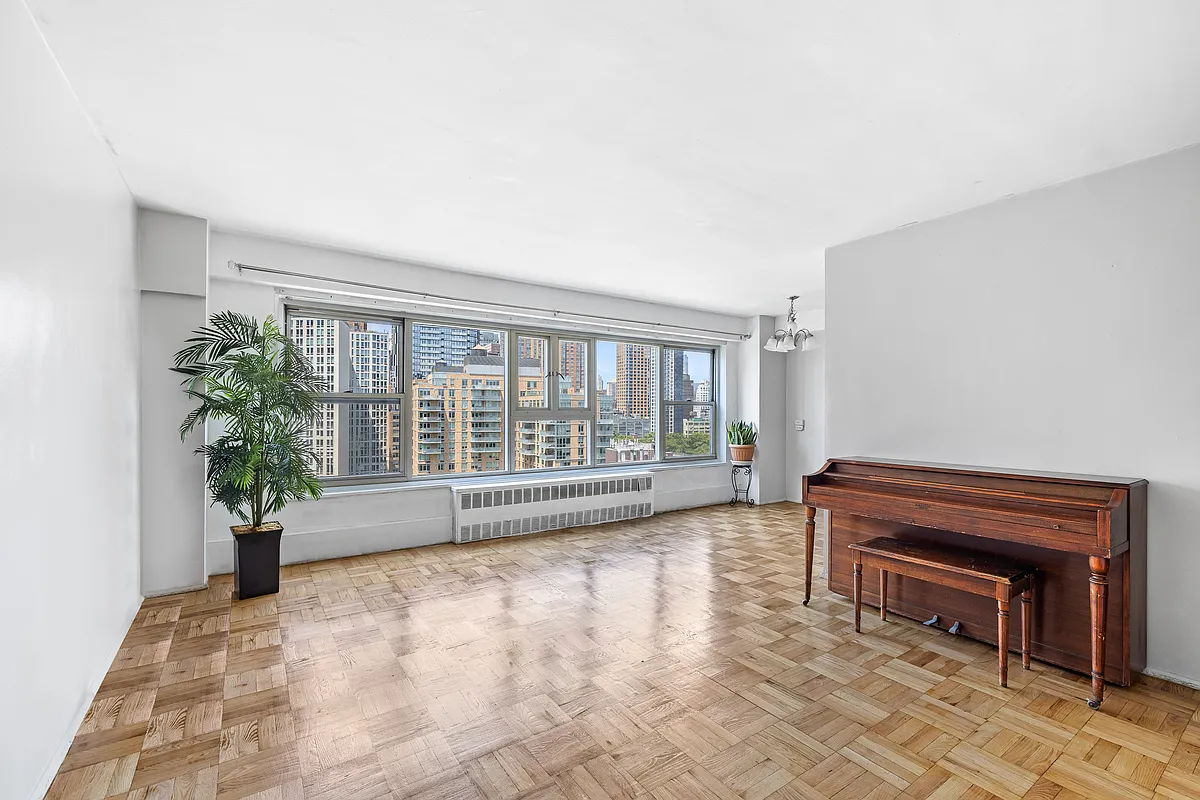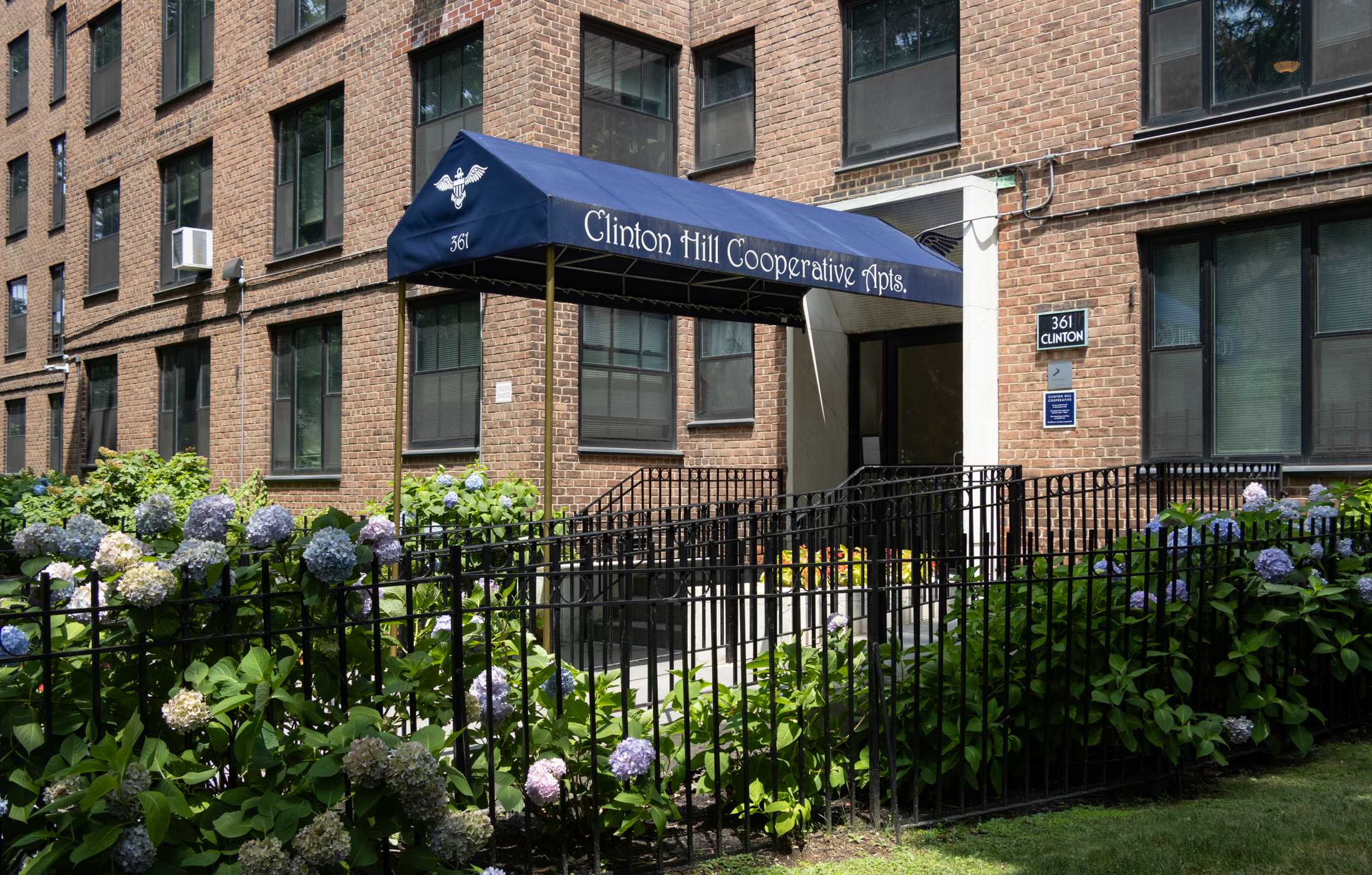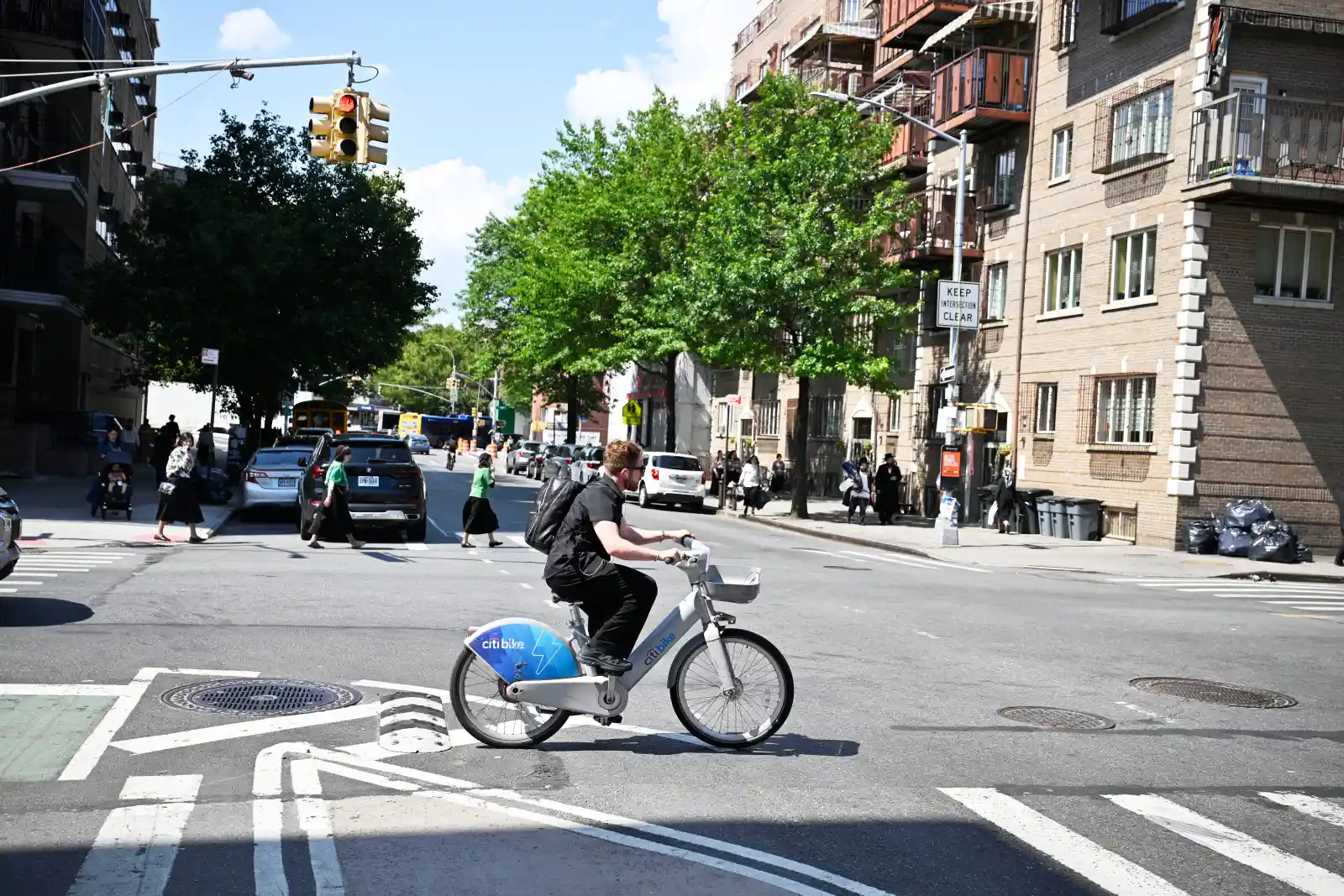The Painful Side of Supply and Demand
NYU Econ Prof Nouriel Roubini is all doom-and-gloom in this week’s New York Magazine interview. We excerpt some of his zingers herewith: You’re going to see some pretty nasty price action. We’re going to have a national recession in early 2007, and Wall Street profits and bonuses will sharply drop, limiting the wealth of these…

 NYU Econ Prof Nouriel Roubini is all doom-and-gloom in this week’s New York Magazine interview. We excerpt some of his zingers herewith:
NYU Econ Prof Nouriel Roubini is all doom-and-gloom in this week’s New York Magazine interview. We excerpt some of his zingers herewith:
After making your way through the entire Q&A, it’s almost a relief to find out that he only thinks prices are going to fall 5 to 10 percent over the next year. Kinda feels like getting off easy!
The Descent [New York Magazine]
Illustration by James Taylor





“If their house was worth 1m five years ago, and is now 2m, they have twice the capital locked in it and are therefore allocating twice as much income to live there.”
Sorry, this escapes me. There is an equity gain of 1M in the property, how does that mean the buyer is allocating twice as much income to live there? You just have equity in the house which you can choose to monetize or not. I think that the rising costs associated with owning real estate are tax, materials and energy. Certainly energy and tax have increased the cost of maintaining a property, but I don’t get the point about having a “paper” gain increasing your costs. You really want to get your butt kicked? Take your money out of your primary housing and put it into a hedge fund.
I think it is worth repeating his point about the cost of housing:
Homeowners have not got wealthier, the real cost (opportunity cost) of their expensive housing has instead increased dramatically.
If their house was worth 1m five years ago, and is now 2m, they have twice the capital locked in it and are therefore allocating twice as much income to live there. That 2m could be earning 6% in a hedge fund!
Headline inflation figures do not take into account asset price rises but it should. Asset price inflation has been huge over the last five plus years.
Unless one plans to move from booklyn to des moines with the loot, the house price bubble is not enriching at all. The recent spike in rents is the rental market waking up to this fact: it plain costs a lot more to live in new york – whether you rent, buy, or bought years ago.
11.19 is opening his mouth but neglecting to use the rest of his head.
Riddle me this, Batman: if brownstones are so special, then why do they have any prices at all? Or why do people consider Brooklyn along with Manhattan along with other alternatives? The answer is, of course, that brownstones are only one alternative in an entire housing spectrum. They may command a certain premium over other urban living. They may have part of their price built in because it is a, “Brooklyn brownstone” but everything has its tipping point. And even the most diehard posters here, if you offered them $5MM for their brownstone and an option to buy a Manhattan condo for $1, see ya brownstone.
Those amounts are obviously ridiculous but they underscore my underlying point. There may be a housing premium built into Brooklyn brownstones. But to the extent that it exists, it is already built into current prices. And so if the housing market takes a downturn, then all of the market should be affected equally. Because as housing prices drop in other neighborhoods, then residents here become more willing to sell what they own (or conversely, less willing to pay to buy into it). So this idea that some market segment is going to be insulated from the housing correction because of some perceived scarcity is a misconception of the general market in which it competes.
I agree with living in reality all the way. There is nothing to prevent a brownstone from losing value. There is no difference from a brownstone compared with a home on Todt hill mansions in Staten island. There is no land there to build and whats there is there . If you want to live in Todt hill then you will buy there if you want to buy a brownstone then you will. Todt hill will decline so will a brownstone. Besides if you want cheaper brownstones because you love the look then look no further than the Sub-par areas (Bed stuy) or even the rapidly declining Boston area that is full of Brownstones.
Anon at 11:19 architecture alone brought people to certain areas during a boom, but the area has to be able to offer other things than a nice house – a downturn will hurt marginal areas more so than established ones, whether it’s full of brownstones or not. So while these types of homes are on the lower side in terms of supply, I think you will be harder pressed to find large numbers of people willing to move to marginal areas during a downturn.
And as I said earlier, I don’t think mortgage rates are going to have much of an effect on the market at this point – they’ve been dropping all summer – along with sales and prices.
Anon; 11:19 am. You’re statement about Brooklyn Brownstones is incredible. I would say it is unique; except, I have heard it on this website numerous times: a brownstone is so unique and in such small supply that demand will always be high. This logic is completely ridiculous, and has never been supported in the entire time Brownstones have been around. Housing is cyclical, especially when it comes to buying in the City versus the suburbs. In the seventies, the City was in bad shape, in a recession, and many people were moving to the suburbs, everyone stated suburban living was the greatest and could not understand why anyone would want to live in New York. his belief continued throughout the eigthies in to teh early nineties, before it started to change. Now, everyone sings the praises of living in the City, and no one can understand why someone might live in the suburbs. This too will change. A brownstone’s unique qualities are not going to stop it. When it comes down to it, a brownstone is a house like any other. Don’t fool yourself in to the pretentious belief that a brownstone is so unique and better than other housing. The past history has shown that to be completely inaccurate. People and society go through phases in turns of what housing is nice and what isn’t; and one of the most common factors in determining the new trend is cost and quality of life. Right now, a brownstone is overpriced and does not provide an easy quality of life, couple that with a potential recession and the associated increase in crime in the City and all of a sudden the surubs will be the best thing since sliced bread. The argument that Brooklyn is bubble proof, because brownstones are unique is ludicrous.
re: the AY question — if there is a lot of new product in a wide range of locations (views of Greenwood Cemetary, blocks from the subway) and the market pulls back, then some locations will be competitively less desirable. my opinion is that a mixed income enclave along two very busy streets and adjacent to an arena is going to fare better than some areas but worse than many others. I have deep concern that Phase II (east of Sixth Avenue)will languish and, since the existing buildings will have already been torn down, we will have years of surface parking for event patrons. remember the decades of open lot parking at Hoyt-Schermerhorn?
His observations are interesting; a bursting bubble has been predicted for years now. It does come back to supply and demand though. How many Brownstones are there out there with nice details and in good shape? If more people want them that will always create a nice demand so prices can continue to rise. For more common properties like condos and apartments they might be in for a bit more price correction. The Fed dropping interest rates only indirectly affects mortgage rates; the gage for mortgage rates comes from the 10 year Treasury bond yields which recently have been favorable to lower mortgage rates. Its not time for doom and gloom!
It looks like Roubini’s ‘predictions’ aren’t predictions at all. He’s just restating the obvious, right?